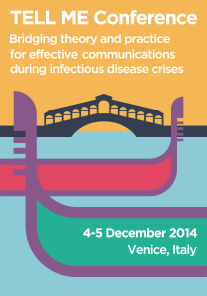TELL ME experts published a case study of the 2009 H1N1 influenza pandemic
A case study of the 2009 H1N1 influenza pandemic – the so-called swine flu – has been published on Disaster Medicine and Public Health Preparedness by a team of experts from the TELL ME projects. Their study compared the guidelines for risk communication in case of epidemics or pandemic from 2005 to 2008, released by the World Health Organization (WHO) and the Centers for Disease Control and Prevention (CDC), with CDC reports from 2009 to 2011. Aim of this analysis was to assess the implementation of these guidelines during the swine flu outbreak in 2009.
The TELL ME experts shown that such guidelines were mainly based on a top-down kind of communication that did not pay sufficient consideration to individual member-state situation. This could be the main reason behind the gap the experts found between the international guidelines and their implementation at a local level. Also, the WHO and CDC recommendations were not always based on formative evaluation studies, which is something that could have undermined their validity.
TELL ME experts concluded their work with two recommendations: the first is to define the goal of a vaccination program, by taking into account the segmentation of the population and applying a two-way communication. The second is to plan communication strategies in accordance with the most current theoretical framework, thus including elements like transparency and uncertainty. They also pointed out that organizations should be more involved in the implementation of guidelines.


